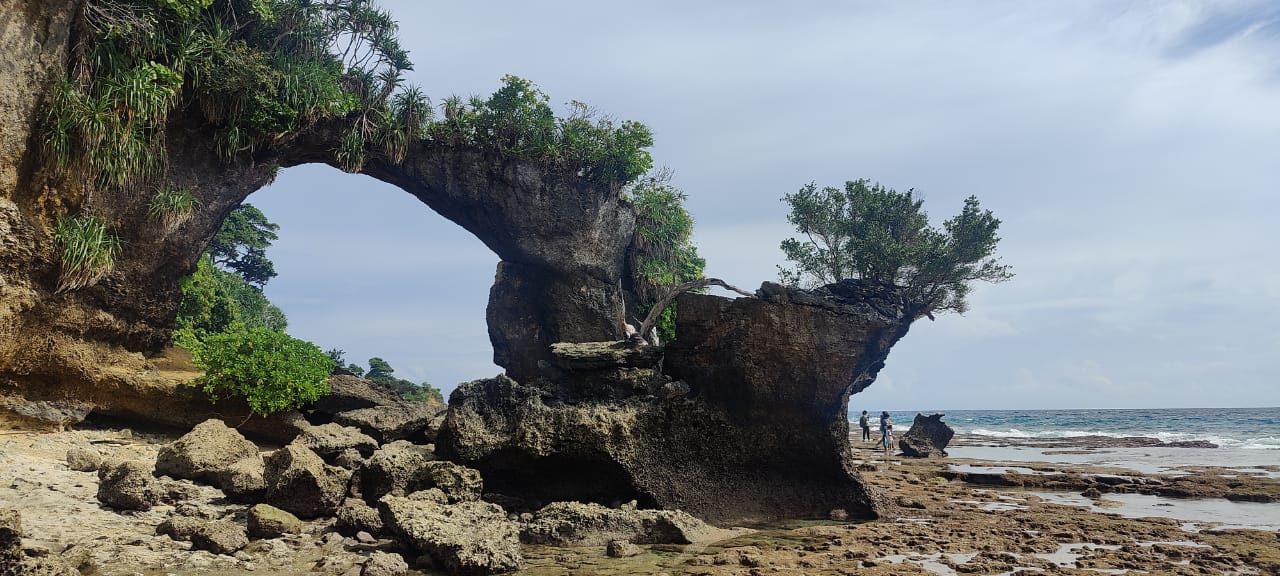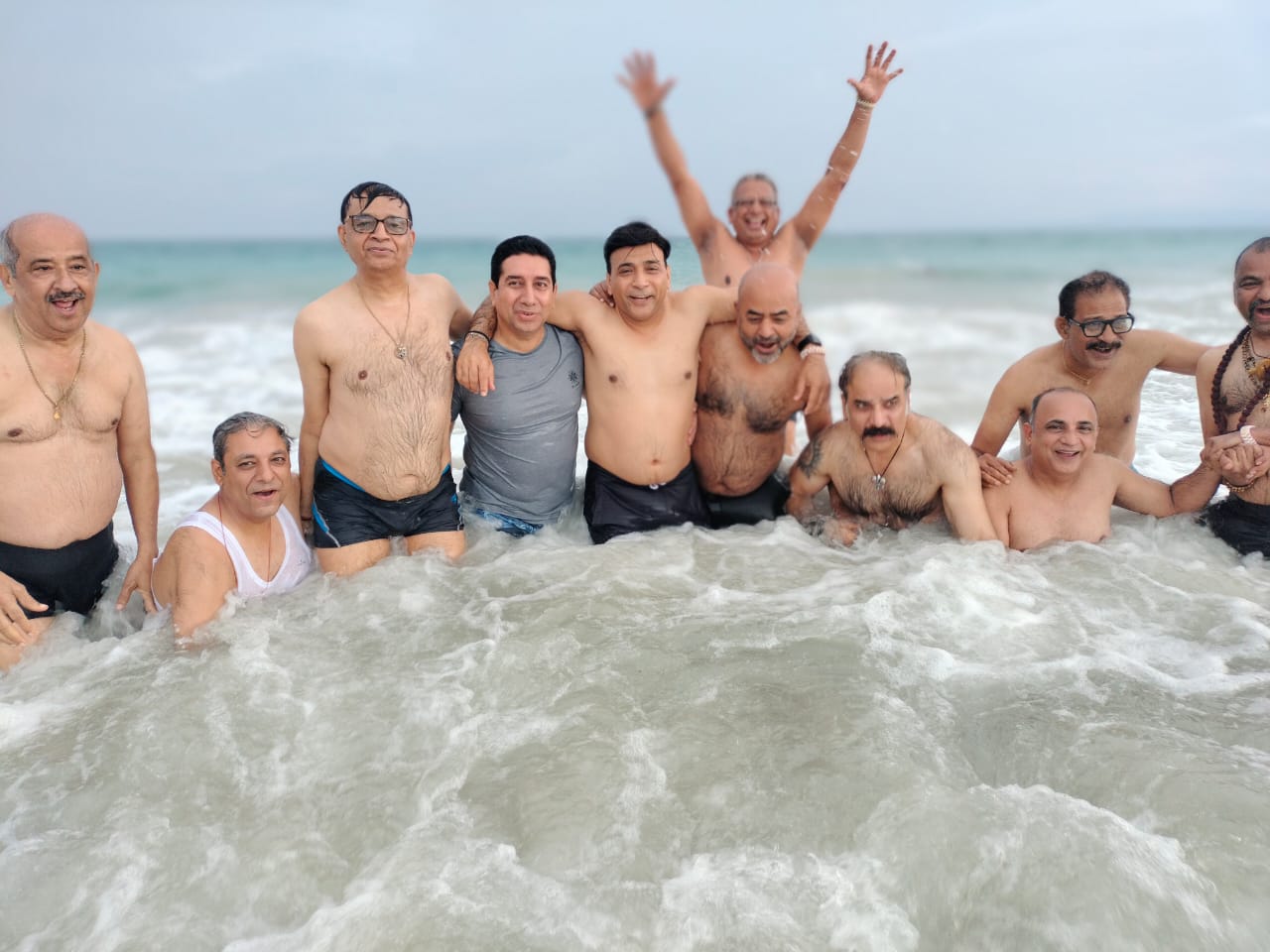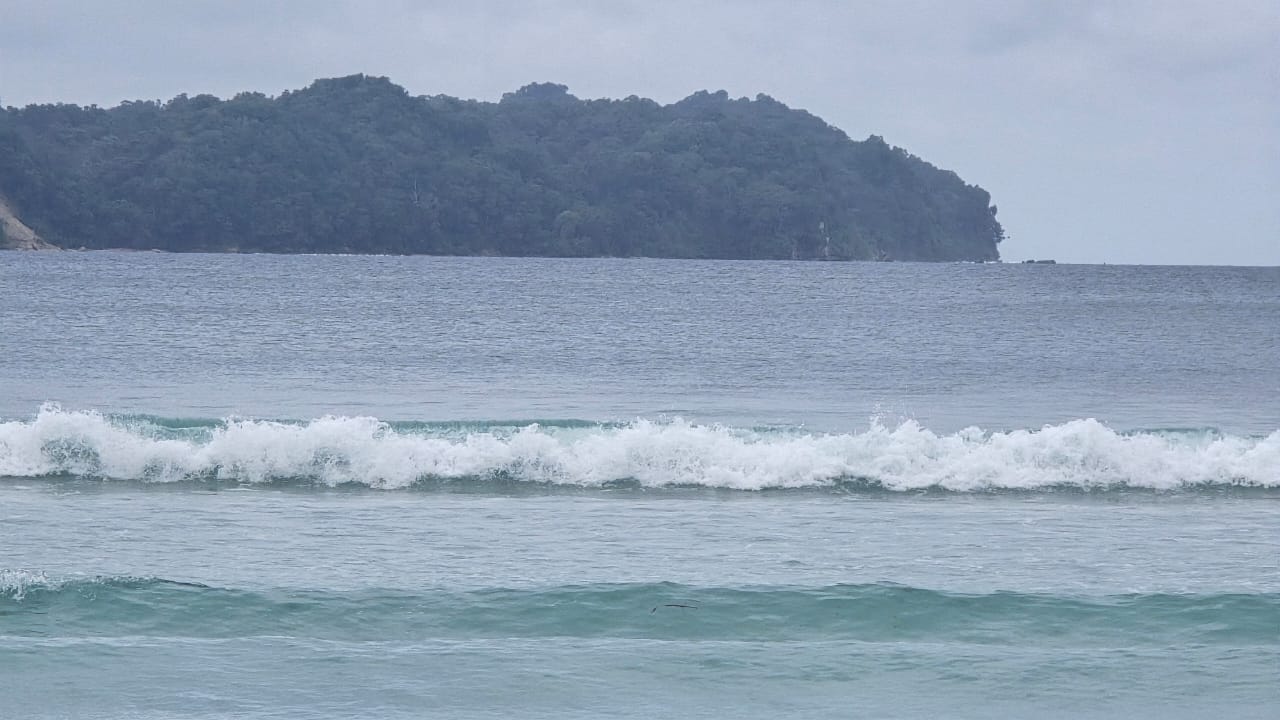Customized Andaman holiday packages…
AndamanExperts.com
An award-winning DMC for Andamans
We don’t just sell Holidays, But Experiences!
Experience the different world you wanted to be…
Customize Your Andaman Dream Trip
.jpg)
.jpg)
The Andaman & Nicobar Islands are home to some of India’s most fascinating indigenous communities — including the Great Andamanese, Onge, Jarawa, and Nicobarese. These tribes live in harmony with nature, maintaining self-sufficient lifestyles based on hunting, gathering, and small-scale agriculture — a way of life that remains distinct from the modern settlements across the islands.
Tourism today plays a major role in the livelihood of many islanders, especially on Havelock (Swaraj Dweep) and Neil (Shaheed Dweep). Locals contribute to the region’s vibrant tourism scene by running eco-friendly resorts, scuba diving centers, and guided tours — helping travelers experience the true beauty and culture of the Andamans.
The islands’ cuisine is a delightful blend of fresh seafood and diverse Indian flavors — from fish and prawns to crabs prepared in Bengali, Tamil, and coastal styles. Life in the Andamans beautifully balances tradition and modernity, with a deep respect for nature and a focus on sustainable living.
Island hopping in the Andaman Islands is one of the most rewarding travel experiences — a journey through pristine beaches, vibrant marine life, and diverse island communities. Each island has its own charm, culture, and natural beauty, making the Andamans a dream destination for explorers and nature lovers alike.
Here’s a look at some of the most stunning and popular islands to explore on your island-hopping adventure:
Havelock Island (Swaraj Dweep):
Home to the world-famous Radhanagar Beach, Elephant Beach, and Neil’s Cove, Havelock is a haven for scuba diving, snorkeling, and beach relaxation.
Neil Island (Shaheed Dweep):
Known for its calm, scenic beauty, Neil Island is perfect for travelers seeking peace and nature. Bharatpur, Laxmanpur, and Sitapur beaches are ideal for swimming and underwater adventures.
Ross Island (Netaji Subhas Chandra Bose Island):
Once the administrative center of the British, Ross Island now offers a blend of history and nature with its ancient ruins, tree-covered paths, and freely roaming deer.
Baratang Island:
A paradise for nature enthusiasts — explore mangrove creeks, limestone caves, and the rare mud volcanoes that make Baratang a unique geological wonder.
Little Andaman & North Andaman:
Less crowded and full of raw beauty, these islands feature tropical forests, waterfalls, and even surfing spots, offering a true offbeat experience.
Every island tells a story — from adventure and history to serenity and natural splendor. With Andaman Experts, discover the Andamans like never before — one island at a time

The Andaman Islands are more than just a tropical paradise — they are a living blend of cultures, traditions, and natural wonders.
Diverse Communities:
Home to both mainland settlers and indigenous tribes, the islands showcase a rich cultural mosaic. Settlers have brought with them diverse languages, cuisines, and festivals — creating a truly multicultural atmosphere.
Tribal Heritage:
The Jarawa, Great Andamanese, Onge, and Nicobarese communities each have unique cultural identities. Many of these tribes remain protected and live in isolation, preserving their ancient traditions and way of life.
Vibrant Festivals:
From Durga Puja and Pongal to Diwali, the islands celebrate a variety of Indian festivals. The famous Island Tourism Festival, held every January, highlights local art, crafts, and cultural performances — a true celebration of island spirit.
Local Handicrafts:
Andaman’s artisans are known for their exquisite shell and woodcrafts, available in Port Blair’s markets and across smaller islands. These beautiful creations make for perfect souvenirs to take a piece of the islands home.
Island Hopping Adventures:
Explore the magic of island life — from coral reefs and white sandy beaches to lush mangroves and vibrant marine life. Each island, like Jolly Buoy, offers a unique blend of natural beauty and cultural charm.
Experience the Andamans — where nature, culture, and serenity come together in perfect harmony.
The people of the Andaman and Nicobar Islands have developed a variety of livelihoods that reflect the islands’ unique environment, geography, and cultural diversity. Despite the challenges of living in a remote location, local communities have adapted well to their natural surroundings

Fishing remains one of the main sources of livelihood for islanders. Surrounded by rich marine ecosystems, many families depend on fishing for sustenance and income. Some engage in commercial ventures, while others collect shells and pearls. Small-scale pearl farming and the creation of seashell art have also become sources of income and cultural expression.
Though limited by terrain and soil type, agriculture thrives in certain regions. Locals cultivate rice, coconuts, areca nuts (betel nuts), and spices like pepper and cinnamon. Coconut and areca plantations provide seasonal employment, and the produce supports both local consumption and trade.
Tourism is a major pillar of the islands’ economy. Locals work in hotels, resorts, restaurants, and tour companies. The rise of eco-tourism has created roles such as guides, instructors, and boat operators. Water sports centers, scuba diving schools, and adventure activities employ trained locals as instructors, captains, and assistants.
Handicrafts made from coconut shells, bamboo, and seashells are popular among tourists. Artisans craft jewelry, souvenirs, and décor items, while wood carving remains a traditional skill that generates income through tourism.
A significant portion of residents are employed in government sectors such as education, healthcare, public works, and administration. The presence of defence and naval bases provides additional job opportunities in security and logistics.
Development projects—roads, bridges, ports, and tourism infrastructure—create steady demand for skilled and unskilled labour. Many locals find employment as carpenters, masons, and construction workers.
The indigenous tribes—such as the Onge, Jarawa, Great Andamanese, and Nicobarese—continue to rely on traditional livelihoods like hunting, gathering, fishing, and small-scale farming. These tribes live under government protection to preserve their heritage and natural environment.
Local markets, grocery stalls, and spice cultivation also support the economy. Farmers and vendors sell produce like pepper, cloves, and cinnamon, contributing to a small but vital economic network.
The Andaman and Nicobar Islands are a true paradise for nature lovers — blessed with lush tropical rainforests, rich biodiversity, and crystal-clear waters. Their untouched beauty and ecological importance make them one of India’s most pristine travel destinations.

Lush Tropical Rainforests
The Andaman Islands are blanketed with dense tropical rainforests, home to a wide range of flora and fauna. These forests play a crucial role in maintaining ecological balance and provide shelter to countless species. The mangrove forests along the coastlines are equally vital — protecting shorelines and serving as breeding grounds for marine life.
The surrounding ocean is alive with vibrant coral reefs, making Andaman a world-class diving destination. Islands like Havelock (Swaraj Dweep) and Neil (Shaheed Dweep) boast stunning coral gardens inhabited by fish, turtles, and even the rare dugong. These reefs not only sustain marine biodiversity but also safeguard coastal areas from erosion.
The region features several protected areas, including Mahatma Gandhi Marine National Park and Rani Jhansi Marine National Park, preserving endangered species and fragile habitats. Wildlife such as the Andaman wild pig, saltwater crocodiles, and exotic birds thrive under these conservation efforts.
The islands are a treasure trove of endemic species — plants and animals found nowhere else on Earth. From the Andaman wood pigeon to rare orchids, the islands are a living laboratory for biodiversity and botanical research.
Beaches like Radhanagar, Kalapathar, and Laxmanpur are world-famous for their white sands and serene blue waters. These idyllic shores invite travellers to relax, snorkel, and dive — offering a perfect blend of peace and adventure.
The Barren Island Volcano, India’s only active volcano, stands as a fascinating geological marvel. Mud volcanoes in Baratang and natural hot springs across the islands further add to the region’s uniqueness and scientific value.
The mangrove belts of Baratang and Long Island protect the coastline, absorb carbon, and nurture marine species. Seagrass beds, often overlooked, play a crucial role as feeding grounds for dugongs and fish nurseries.
Rising sea levels, coral bleaching, and human impact threaten the islands’ delicate balance. Yet, through marine protection laws, eco-awareness programs, and sustainable tourism efforts, both local authorities and travellers are contributing to preservation.
Andaman Experts promotes eco-friendly travel that respects local culture and environment. Responsible resorts, certified diving operators, and nature-based experiences allow visitors to explore sustainably — from forest treks and birdwatching to snorkelling in coral sanctuaries.
The Andaman Islands are more than a destination — they’re a reminder of how harmony between humans and nature creates true paradise. With responsible travel and conscious exploration, we can help preserve this island beauty for generations to come.
Andaman Experts – Your Trusted DMC Partner for Andaman and Lakshadweep
Comments (0)